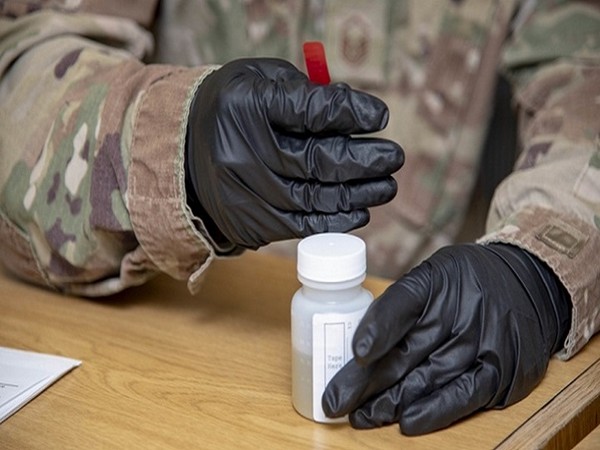Intentional use of fentanyl on rise: Study
The use of fentanyl by the people who suffer from a drug habit has witnessed a twofold increase since the year 2015, says a latest research.

- Country:
- Canada
The use of fentanyl by the people who suffer from a drug habit has witnessed a twofold increase since the year 2015, says a latest research. Additionally, nearly two-thirds of people take this drug deliberately as revealed by the study, which came out of British Columbia, the Canadian province that has experienced the highest number of illicit drug toxicity deaths as a result of the opioid crisis.
Fentanyl is a synthetic opioid, 50 to 100 times more toxic than morphine. The study by the BC Centre for Disease Control (BCCDC) and University of British Columbia is based on 2018 survey data collected from the people who visit harm reduction sites for supplies like new syringes and needles or safer smoking supplies.
The study, which got published in the International Journal of Drug Policy, provides valuable insights into fentanyl use that would bolster the efforts to reduce overdoses and deaths in British Columbia and beyond. "This research shows the majority of people who use fentanyl know they're doing so," says Dr Jane Buxton, BCCDC epidemiologist, harm reduction lead and professor in the UBC School of Population and Public Health.
"Making people who use drugs aware of the presence of fentanyl in the drug supply isn't enough; we need harm reduction services, substance use treatment, overdose prevention resources, and pharmaceutical alternatives to the toxic drug supply to reduce the devastating impact of fentanyl and its analogues on our communities." According to preliminary data from the British Columbia Coroner's Service, fentanyl or its analogues such as carfentanil were found in 85 per cent of fatal overdose cases in 2019.
When fentanyl first appeared in the drug supply, many people it unknowingly in the drugs they sought like heroin, counterfeit opioid tablets or other substances. Scientists and health care workers wanted to know whether people were still unaware they were taking fentanyl, so they repeated a study done in 2015, shortly after fentanyl entered the drug supply.
The study drew on data collected from 303 participants recruited from 27 harm reduction sites across British Columbia. The participants completed a brief survey on their drug use and provided a urine sample that researchers tested for fentanyl and other substances. Sixty per cent of participants in 2018 had fentanyl detected in their urine, of these people, 64 per cent knew they had taken fentanyl. The study done in 2015 found 29 per cent of participants tested positive for fentanyl, with only 27 per cent aware that they'd used it.
Researchers do not fully understand the factors that contribute to people knowingly taking fentanyl, but the reasons for it might be varied. Some people may use fentanyl because they are aware it is present in most of the illicit supply of opioids and therefore have no other choice, while some may prefer the experience of taking fentanyl regardless of other options.
"This research lays the groundwork that will help us learn more about why fentanyl use is increasing," says Mohammad Karamouzian, PhD student at UBC's School of Population and Public Health and a lead author of the study. "These findings will also contribute to more effective messaging campaigns and harm reduction strategies to help reduce preventable deaths and support the health of people who use substances, their families, and their communities." (ANI)
(This story has not been edited by Devdiscourse staff and is auto-generated from a syndicated feed.)
- READ MORE ON:
- British Columbia
- Canadian
- University of British Columbia










